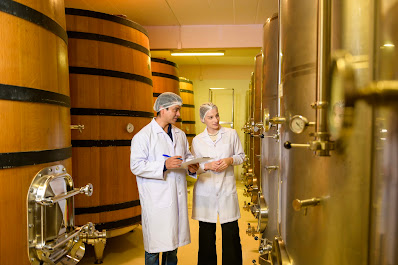Baking Made Better: Enzymes and the Clean Label Revolution
In an age where consumers are growing increasingly conscious about what goes into their food, the demand for clean label products has transformed the baking industry. Gone are the days when long ingredient lists filled with artificial additives were ignored. Today’s shoppers prefer transparency and naturally derived alternatives. Enzymes have emerged as the unsung heroes of this shift, effectively replacing synthetic emulsifiers, improvers, and preservatives in modern baking.
Enzymes are biological catalysts that can improve dough handling, increase loaf volume, and extend shelf life—without the need for chemical additives. In clean label baking, enzymes such as amylases, lipases, and xylanases play pivotal roles. Amylases break down starches into simple sugars, improving fermentation and browning. Lipases enhance dough stability and crumb softness, while xylanases strengthen gluten networks, improving volume and texture.
Unlike chemical additives that often serve a single purpose, enzymes offer multifunctionality and naturally degrade during baking. This means they leave no residual trace, making them ideal for clean label declarations. Their specificity and efficiency ensure consistent performance across batches, aligning with industrial requirements while meeting consumer expectations.
The adoption of enzyme-based baking solutions also supports sustainability goals. With better dough yield, reduced wastage, and longer shelf life, both manufacturers and consumers benefit. As regulatory pressures tighten and awareness around food transparency increases, enzymes are not just a trend—they're the future of responsible, consumer-friendly baking.
Source- https://www.biolaxienzymes.com/clean-label-baking-how-enzymes-are-replacing-chemical-additives/




Comments
Post a Comment